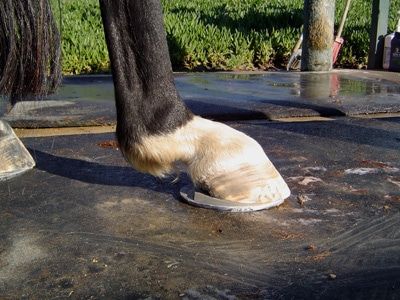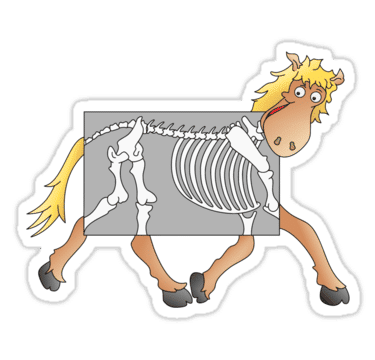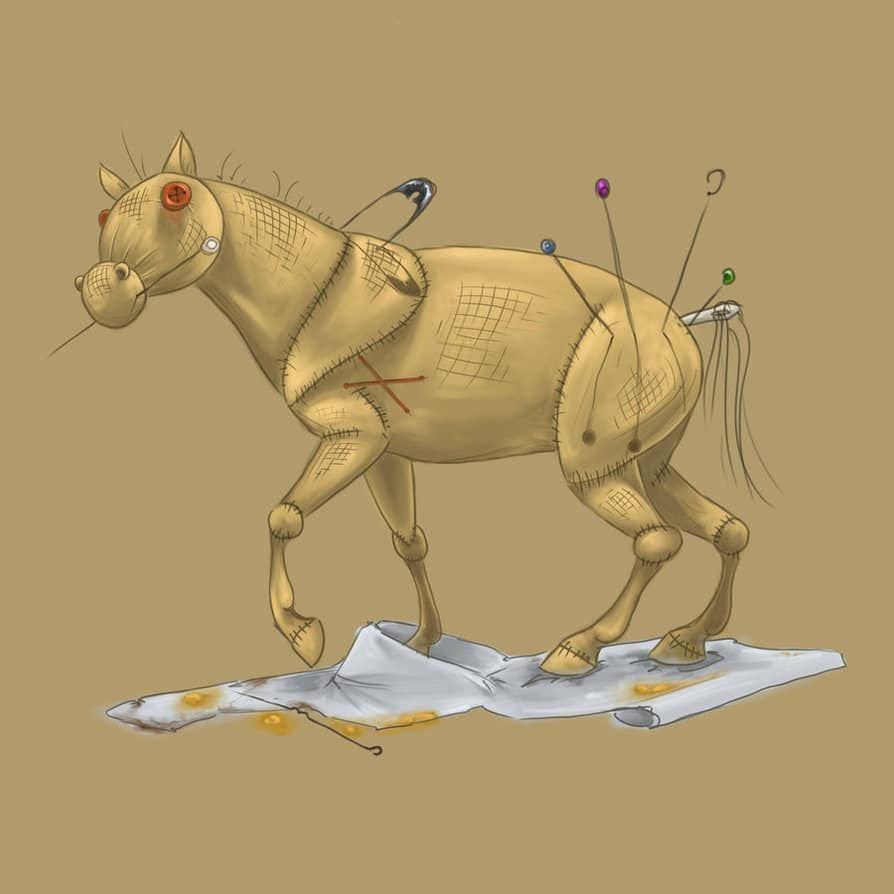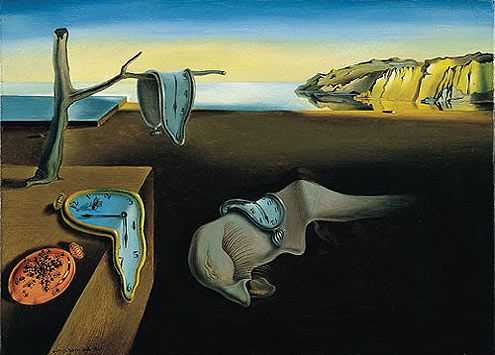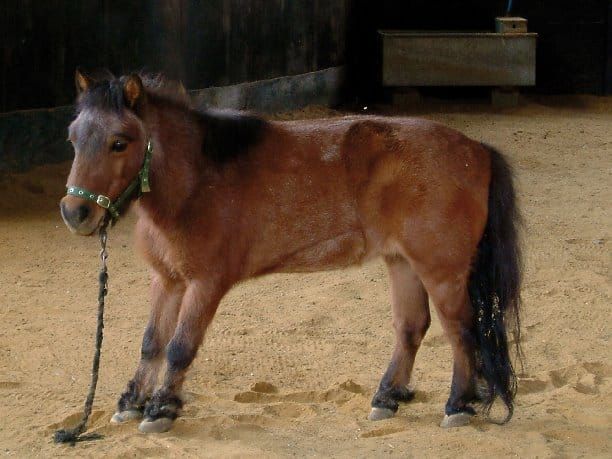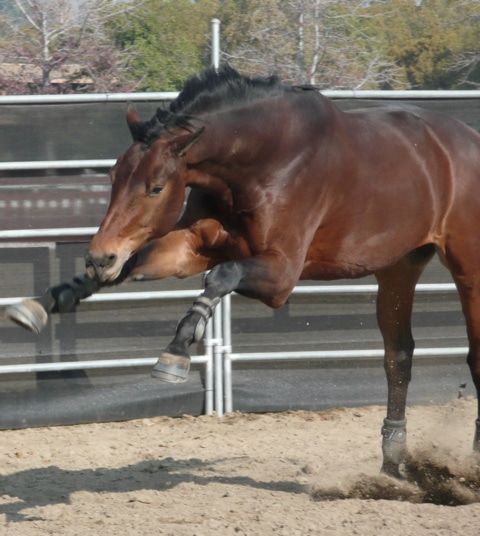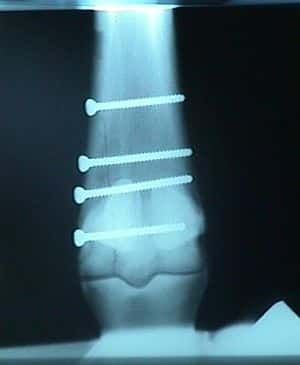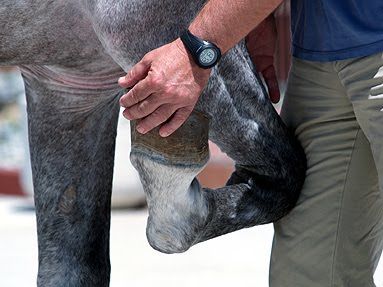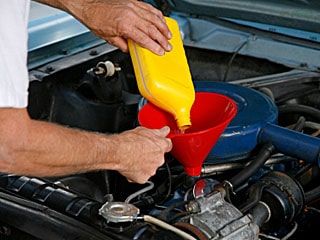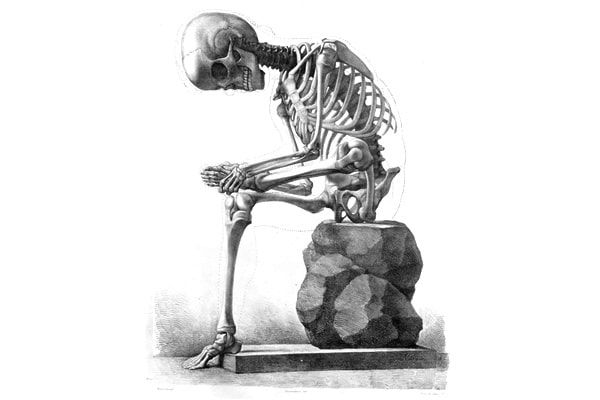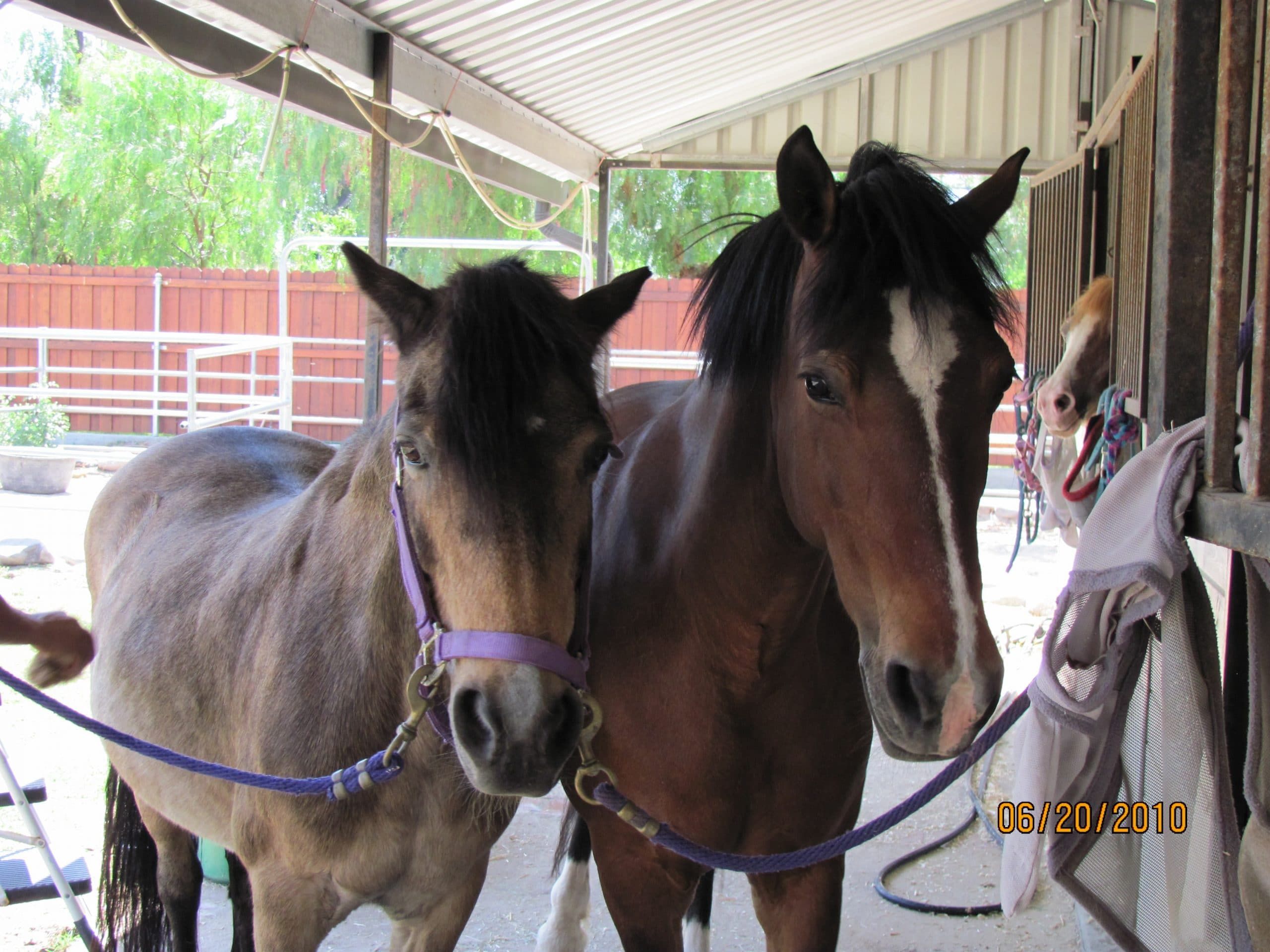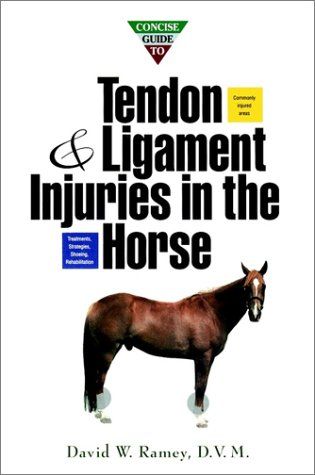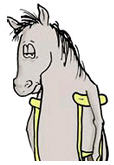
Lame horses may need some help to keep going
A good part of the job of an equine veterinarian involves trying to figure out why horses are not moving normally. When a horse’s leg hurts, he limps; limping horses are said to be lame. When a horse is lame, he not only has trouble performing whatever task is asked of him, he also pulls at your heartstrings.
The diagnosis of lameness can be pretty easy, such as when you find that there is a nail in the bottom of your horse’s hoof, or, it can be a real challenge, say, when there’s something that’s hard to find in the horse’s hoof. The process of lameness diagnosis can involve any number of steps, starting with a good physical exam, but including diagnostic anesthesia (nerve blocks), radiographs (Xrays), ultrasound, scintigraphy (bone scans), and even MRI.
Treatment of lame horses depends on the condition being treated. For any condition, time is an essential element – most conditions that cause a horse to limp will also require time for the problem to heal, no matter what treatment is employed. Unfortunately, not all conditions are curable, and many of the current treatment options are unsatisfactory. Thus, new treatments for equine lameness come along regularly. But remember, newer is not necessarily better – check the site for information about the diagnosis and treatment of a whole variety of conditions, some of which are the subject of entire books!
The bottom line? Lameness can be a complex problem, with any number of possible solutions. With a solid, scientific approach to lameness diagnosis and treatment, many horses make a full recovery, and others can be managed so as to lead comfortable and productive lives.

